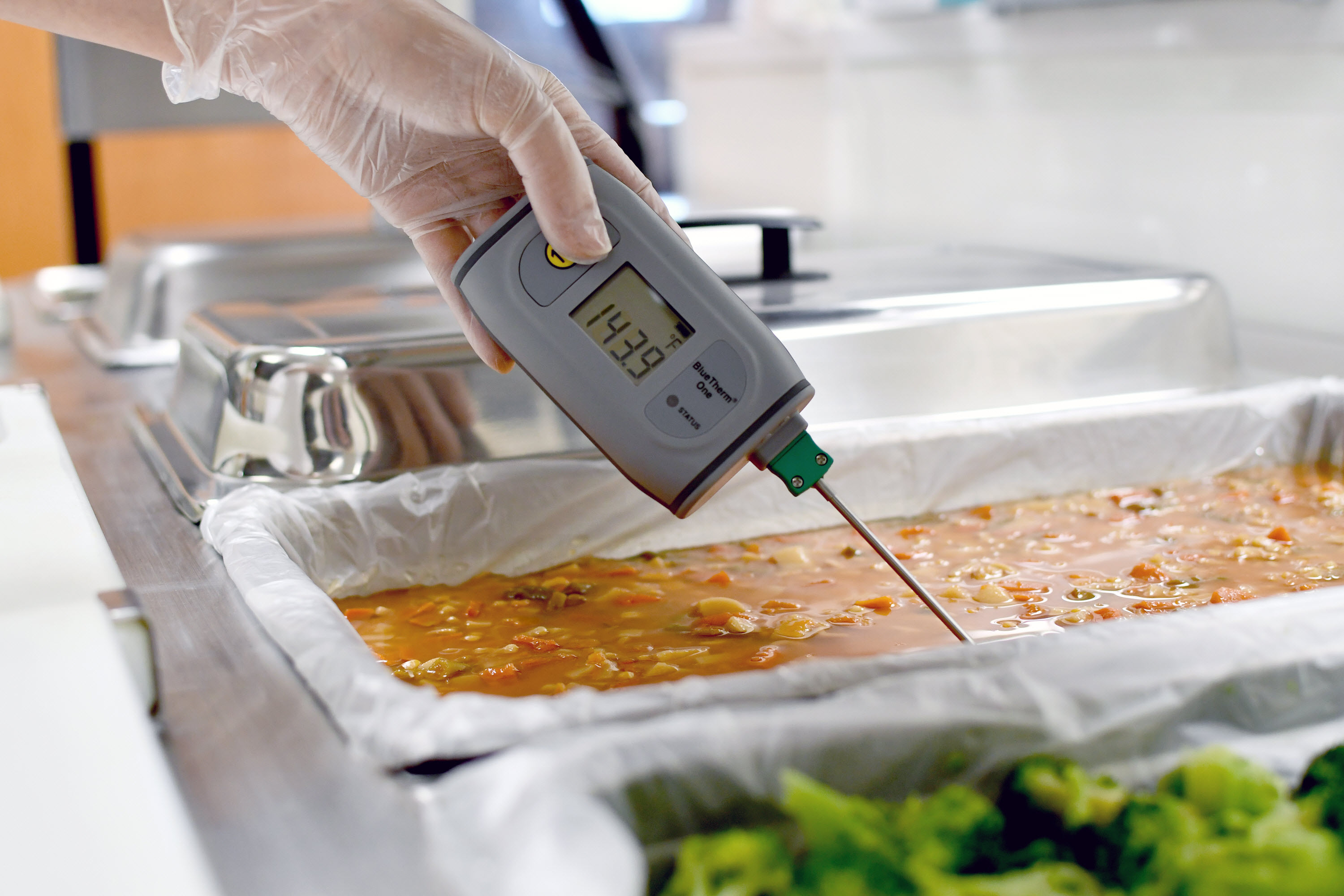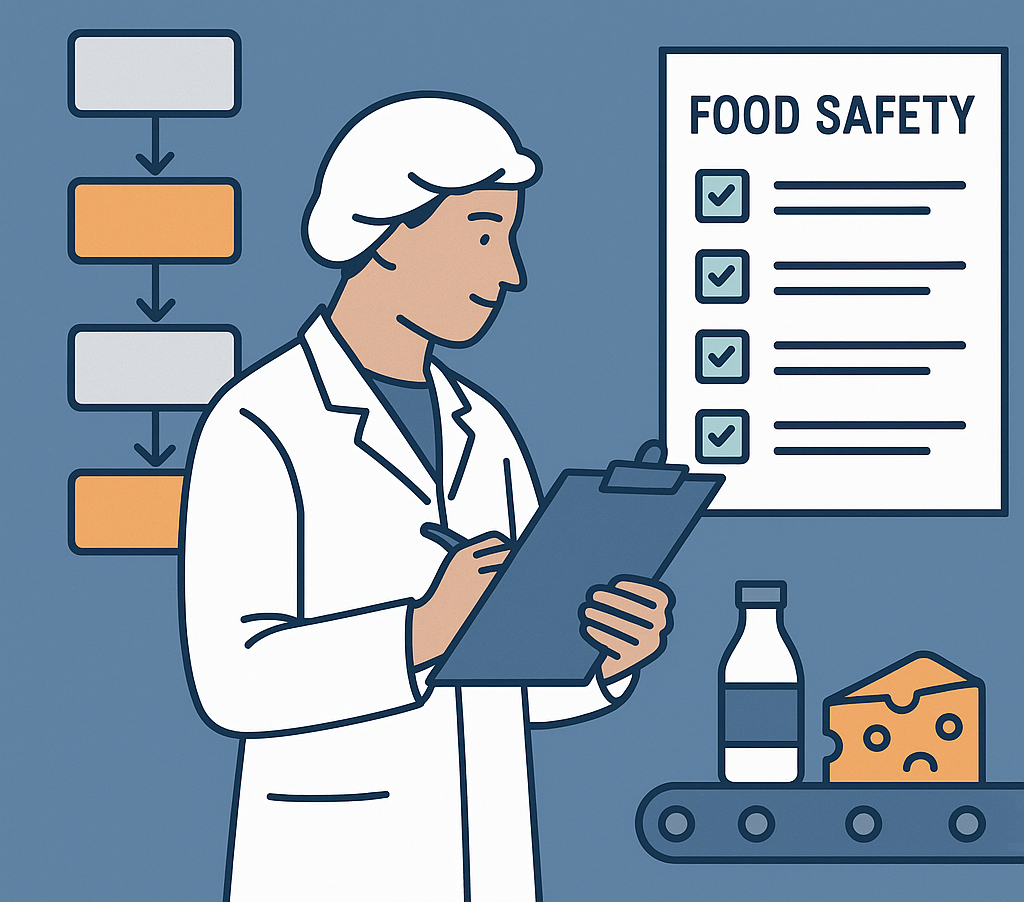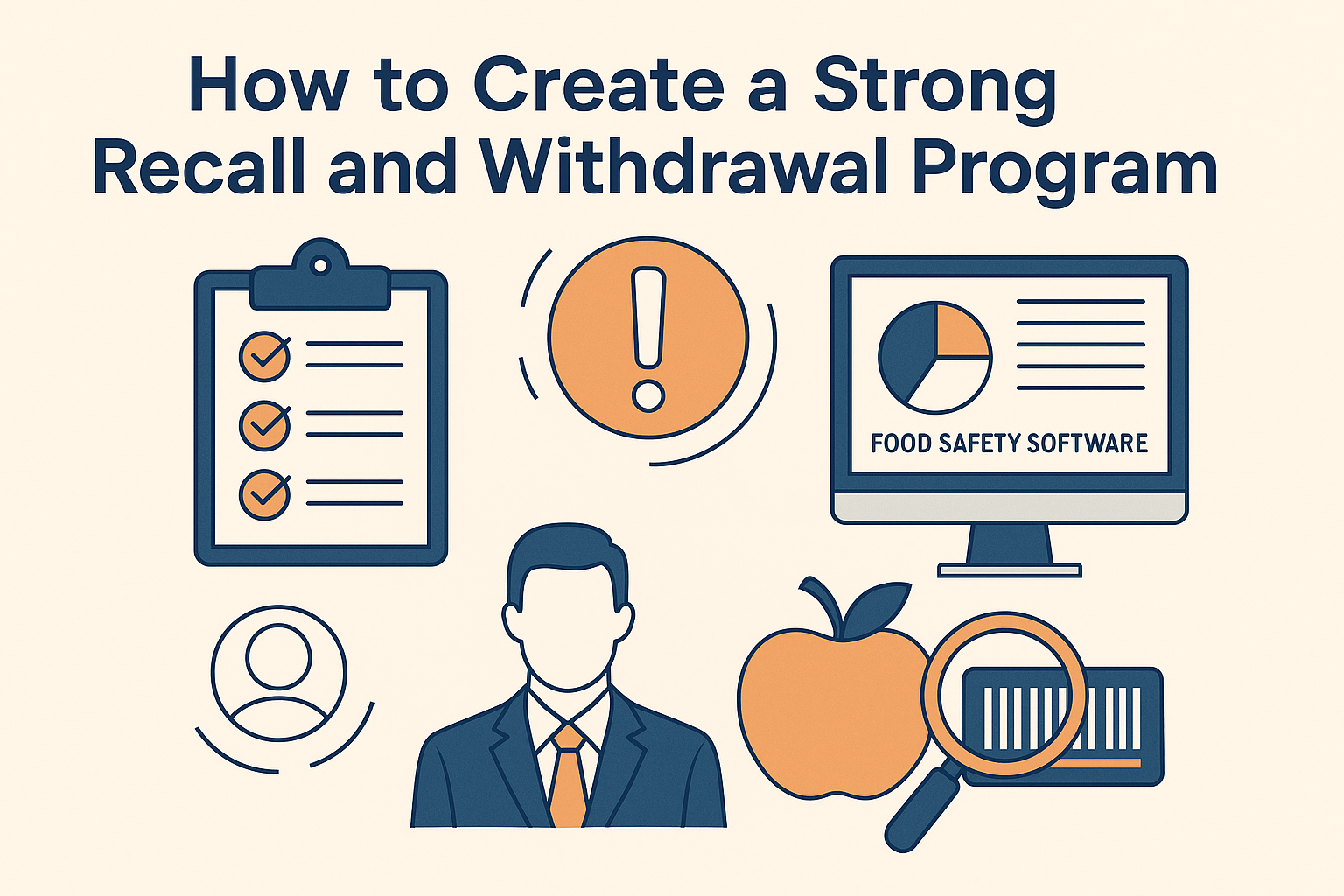Why Accurate Record Keeping Is the Backbone of Food Safety Compliance
In today's highly regulated and competitive food industry, maintaining a robust food safety system is not just a legal requirement — it is a business imperative. Among all the elements that form the foundation of a strong food safety program, accurate record keeping stands out as the backbone that supports compliance, traceability, and operational excellence.
Without precise and timely records, even the most well-designed food safety plans can falter. Records provide the evidence needed to demonstrate that critical food safety controls are implemented effectively and consistently. They protect your brand, your customers, and ultimately, your bottom line.
In this article, we will dive deep into why accurate record keeping is crucial, provide a step-by-step approach to mastering it, share real-world examples, and explain how leveraging food safety software like NORMEX can elevate your compliance and operational standards.
Why Accurate Record Keeping Matters in Food Safety
1. Regulatory Compliance Regulatory bodies such as the FDA, CFIA, USDA, and EFSA mandate stringent record-keeping practices. Whether you are following FSMA (Food Safety Modernization Act) in the U.S., Safe Food for Canadians Regulations (SFCR) in Canada, or global standards like GFSI (Global Food Safety Initiative), you must document every critical control point (CCP), preventive control, and monitoring activity.
When regulators audit your facility, your records are the primary proof that your processes are under control. Missing, incomplete, or inaccurate records can lead to non-compliance, product recalls, hefty fines, or even shutdowns.
2. Risk Management Accurate records enable you to track trends, identify risks early, and take corrective actions proactively. For instance, spotting a recurring deviation in cooking temperatures can prevent a potential foodborne illness outbreak.
In case of an incident, well-kept records serve as a defense mechanism. You can demonstrate due diligence and proper management, possibly mitigating legal liabilities and reputational damage.
3. Food Traceability and Recall Readiness In an interconnected global supply chain, food traceability software is essential. Detailed records allow companies to trace ingredients and products across the entire food chain swiftly. In a recall situation, the speed and accuracy of your traceability system can mean the difference between a minor disruption and a catastrophic brand crisis.
4. Operational Efficiency and Continuous Improvement Record keeping is not just about compliance — it drives operational excellence. Reviewing past records helps identify inefficiencies, improve processes, and ensure that resources are deployed effectively. It supports continuous improvement initiatives like Six Sigma or Lean Manufacturing in the food sector.
5. Building Customer Trust Today's consumers demand transparency. Accurate records support certifications like HACCP, SQF, BRCGS, and ISO 22000, signaling your commitment to food safety. This builds trust with retailers, foodservice providers, and end consumers, providing a competitive edge.
Step-by-Step Approach to Effective Record Keeping in Food Safety
Step 1: Identify Critical Records Start by identifying all the records necessary for your food safety management system. These typically include:
-
HACCP plans and hazard analyses
-
Preventive control plans
-
Monitoring records (e.g., temperature logs, sanitation schedules)
-
Verification records (e.g., calibration certificates)
-
Supplier documentation
-
Training records
-
Corrective action reports
Example: A bakery must maintain records of oven temperatures, sanitation practices, ingredient sourcing, and employee food safety training.
Step 2: Standardize Record Formats Create standardized templates and forms to ensure consistency. Records should capture:
-
Date and time
-
Activity performed
-
Responsible individual’s signature or initials
-
Observations or measurements
-
Deviations and corrective actions taken
Standardization ensures clarity and simplifies audits.
Step 3: Train Staff Thoroughly Employees must understand not only how to fill out records but why it matters. Training should include:
-
Importance of accuracy and timeliness
-
How to recognize deviations
-
Proper corrective action procedures
Example: Train line workers on how to accurately log cooling temperatures and the immediate steps to take if temperatures fall outside critical limits.
Step 4: Implement Verification and Review Processes Supervisors should regularly review records for completeness, accuracy, and signs of potential issues. Verification ensures:
-
Early detection of problems
-
Continuous compliance
-
Preparedness for audits
Step 5: Embrace Digital Solutions Manual record keeping is prone to human error, loss, and inefficiency. Transitioning to food safety software streamlines the process:
-
Automated data capture (e.g., IoT sensors for temperature monitoring)
-
Real-time alerts for deviations
-
Easy retrieval and analysis of historical data
-
Secure cloud storage
Example: A dairy processor uses NORMEX food safety software to automate temperature logs, instantly alerting managers if pasteurization temperatures deviate from set points.
Step 6: Conduct Regular Audits and Mock Recalls Test your record-keeping system regularly through internal audits and mock recall exercises. This validates:
-
Traceability speed and accuracy
-
Completeness of records
-
Team preparedness
Mock recalls should simulate realistic scenarios, identifying any weaknesses to address before a real event occurs.
Step 7: Continually Improve Record keeping should not be static. Use data insights to:
-
Improve preventive controls
-
Optimize supplier management
-
Refine training programs
Regularly update templates, procedures, and software to keep pace with evolving regulations and industry best practices.
Real-World Examples
Example 1: The Importance of Cooling Logs A major food manufacturer faced a product recall when regulators found that cooling logs for a ready-to-eat product were incomplete. An internal investigation revealed that employees often "batch-filled" forms at the end of shifts, leading to inaccurate data. Had they used food safety software with automatic data capture, this costly incident could have been prevented.
Example 2: Supplier Documentation in a Recall A restaurant chain had to recall a salad product due to contamination from a supplier's ingredient. However, their detailed supplier approval and traceability records enabled them to pinpoint the issue within hours, limiting the recall to only affected locations and demonstrating due diligence to regulators and the public.
Leveraging Food Safety Software for Record Keeping
In a digital age, paper-based record keeping simply cannot keep up with the complexity of modern food systems. Implementing food safety software like NORMEX empowers food businesses to:
-
Automate Data Collection: Integrate with sensors and IoT devices to capture real-time data without human intervention.
-
Centralize Records: Access all compliance documentation from a secure, searchable platform.
-
Facilitate Traceability: Instantly trace ingredients and products across the supply chain.
-
Enhance Audit Readiness: Generate reports and export records quickly for regulators, auditors, and customers.
-
Analyze Trends: Use built-in analytics to identify risks and opportunities for improvement.
If you are ready to modernize your record-keeping practices and take your food safety compliance to the next level, we invite you to discover how NORMEX can help.
Book a free demo today: https://normex.ca/demo
Conclusion
Accurate record keeping is not merely an administrative task — it is the cornerstone of food safety compliance and business resilience. By maintaining precise, timely, and verifiable records, food companies can comply with regulations, protect public health, manage risks, and build lasting consumer trust.
In a world where food safety standards are ever-tightening and consumer expectations are higher than ever, there is no room for guesswork or gaps. Organizations that invest in robust record-keeping systems, powered by modern food safety software, position themselves for long-term success.
Start strengthening your food safety backbone today. Embrace accuracy, embrace technology, and embrace the future.
Ready to experience the NORMEX advantage? Schedule your demo now: https://normex.ca/demo







